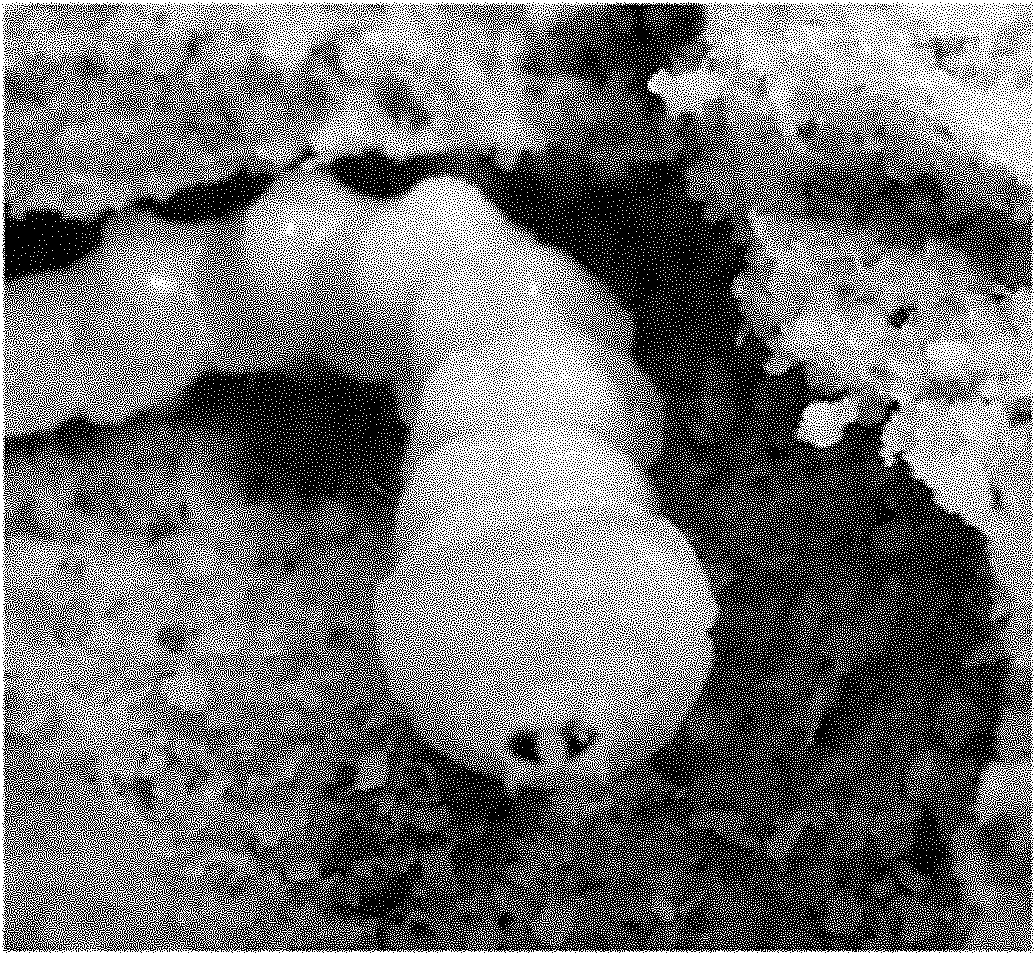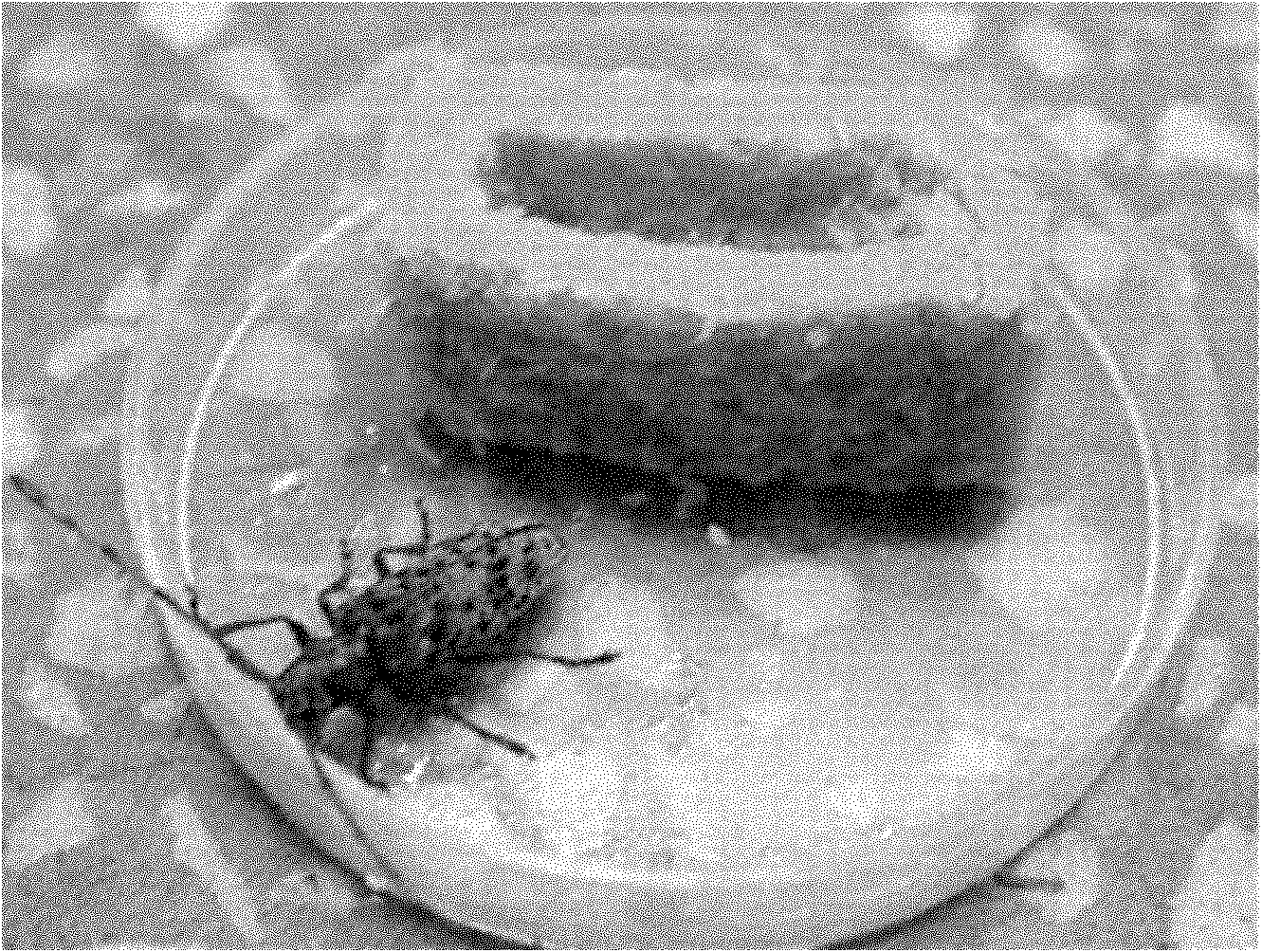Forage for artificial breeding of Monochamus alternatus Hope and method for preparing the same
An artificial technology of monochamus monochamus, applied in animal feed, animal feed, application, etc., can solve the problems of not being able to meet the requirements of use, sampling is limited by seasons, and the preparation process is cumbersome, so as to achieve stable feeding effect, reduce feeding time, highly operable effect
- Summary
- Abstract
- Description
- Claims
- Application Information
AI Technical Summary
Problems solved by technology
Method used
Image
Examples
Embodiment 1
[0021] The method for preparing the above-mentioned feed comprises: adding 800ml of distilled water in a cleaned container, adding 40g of agar after boiling, and adding the de-pine wood chips and H 2 SO 4 After fully heating the other components, add about 1N H 2 SO 4 Adjust the pH of the feed, then slowly add pine wood chips that have been dried and sterilized at 60°C for 8 hours and passed through a 20-mesh sieve, and fully stirred and mixed evenly. After stopping the heating, pour the liquid feed into a porcelain plate to cool naturally, seal it with a plastic wrap after it condenses into a block, put it in a refrigerator and store it at 4°C for later use.
[0022] Example 2
Embodiment 2
[0024] Example 3
Embodiment 3
[0026] Adjust the size of the central groove of the feed as the age of the insects increases. When the eclosion adults were found, they were transferred to a 250mL triangular flask for single-head feeding, and cotton balls soaked in distilled water were placed in the bottle, and 1- or 2-year-old fresh black pine branches were provided as food, and the branches were replaced every 2 days. About 14 days after eclosion, the male and female are paired and transferred to a 300mm×300mm×400mm stainless steel mesh cage. Take a black pine section with a length of 15 cm and a diameter of 2.5-5.5 cm, seal both ends with paraffin to prevent water loss, and place it upright on the four corners of the insect cage for the female to lay eggs. A wide-mouth bottle filled with distilled water is placed in the center of the insect cage, and fresh 1 or 2a raw healthy black pine branches are inserted inside as supplementary nutritional food. Replace branches and wood sections at 2d intervals.
[...
PUM
 Login to View More
Login to View More Abstract
Description
Claims
Application Information
 Login to View More
Login to View More - Generate Ideas
- Intellectual Property
- Life Sciences
- Materials
- Tech Scout
- Unparalleled Data Quality
- Higher Quality Content
- 60% Fewer Hallucinations
Browse by: Latest US Patents, China's latest patents, Technical Efficacy Thesaurus, Application Domain, Technology Topic, Popular Technical Reports.
© 2025 PatSnap. All rights reserved.Legal|Privacy policy|Modern Slavery Act Transparency Statement|Sitemap|About US| Contact US: help@patsnap.com



